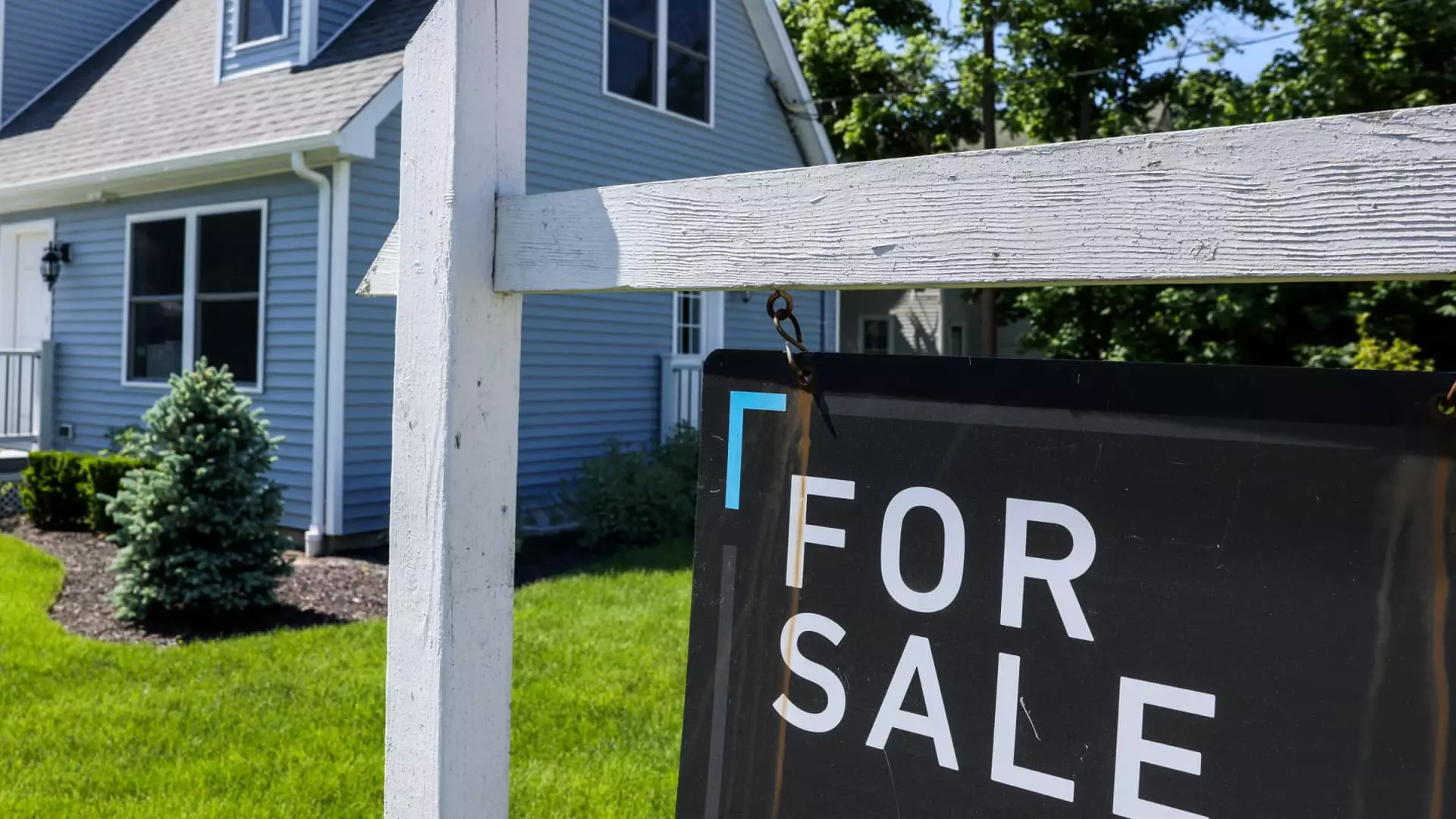In recent weeks, the housing market has experienced a surprisingly sharp but brief surge in mortgage applications, which many might dismiss as a mere seasonal fluctuation. However, beneath this superficial uptick lies a more profound narrative—an indication that the tide might be turning against the stagnant trends that have characterized the mortgage landscape. The modest decrease in mortgage interest rates, dipping to their lowest in three months, served as a catalyst that temporarily ignited enthusiasm among prospective homebuyers and refinancers alike. This ephemeral shift challenges the narrative of an inevitable slowdown, suggesting instead that market sentiment, while fragile, still possesses the resilience to rebound under favorable conditions.
The significance of this month’s rate decline extends beyond just numbers. It reveals how sensitive the housing economy remains to interest rate movements and macroeconomic cues. A decline of mere hundredths of a percentage point can stimulate a notable spike—in this case, nearly 10%—in application volumes. This demonstrates the importance of market perception and investor confidence. It also highlights that even in a landscape riddled with uncertainties—high cancellation rates, volatile consumer sentiment, and inconsistent pending sales—small policy or market adjustments can have outsized effects on buyer behavior.
Market Dynamics Are More Complex Than They Appear
While the recent increase in mortgage applications appears promising at first glance, the full picture reveals a far more complicated reality. The surge is largely driven by a temporary lull in mortgage rates, which analysts see as a potential rebound point rather than the beginning of a sustained upward trend. Notably, mortgage rates have begun climbing again, hinting that the previous dip may be a seasonal correction rather than a turning point. This oscillation reveals the underlying instability of the market—a landscape where momentum is fleeting, and confidence remains precariously balanced.
Furthermore, the current demand boost is not entirely representative of genuine market strength. Many indicators point to caution—high contract cancellations, stagnant pending sales, and fluctuating consumer sentiment—all suggest that many buyers are waiting rather than confidently committing. The modest decline in average loan sizes and the surge in refinance applications also reflect a market under pressure, where buyers are choosing smaller, more manageable loans amidst economic headwinds. It’s a reflection of an evolving housing market that is increasingly dictated by macroeconomic factors rather than organic growth.
This nuanced scenario underscores a key insight: temporary rate drops can momentarily invigorate a fatigued market, but they do not guarantee a fundamental shift. The elevated hesitation among consumers signals that the true challenge lies in restoring confidence and stability at a broader economic level. Short-term spikes betray underlying fragility; long-term growth depends on addressing core issues like housing affordability, consumer sentiment, and economic policy resilience. In this environment, cautious optimism must be tempered by prudent skepticism—a lesson many investors and policymakers alike should heed.

